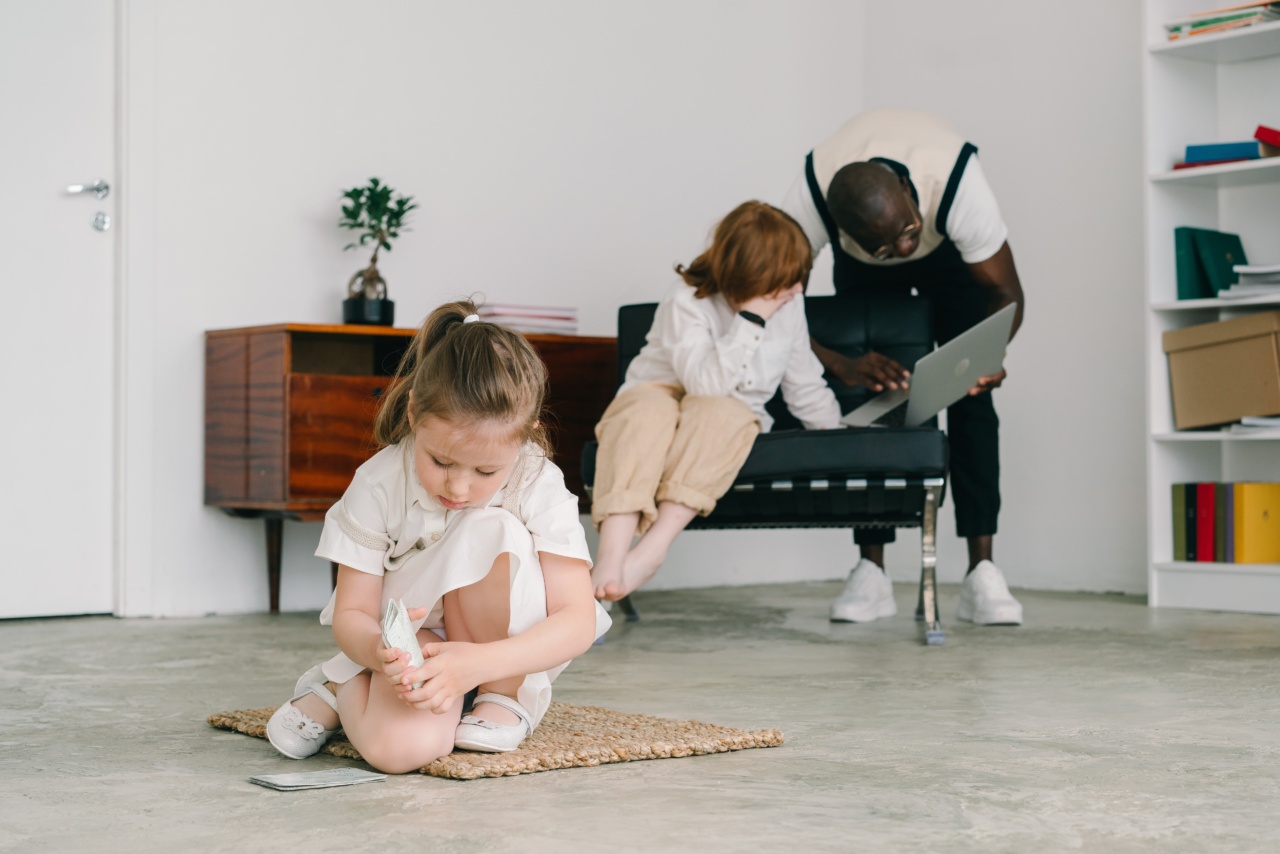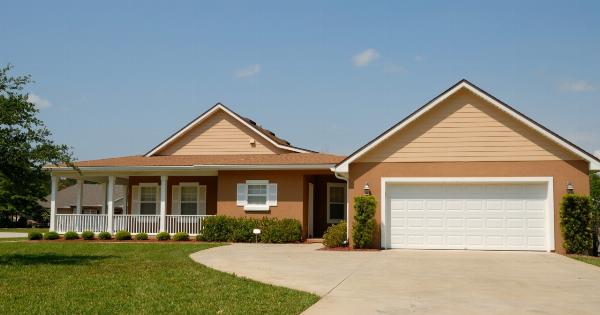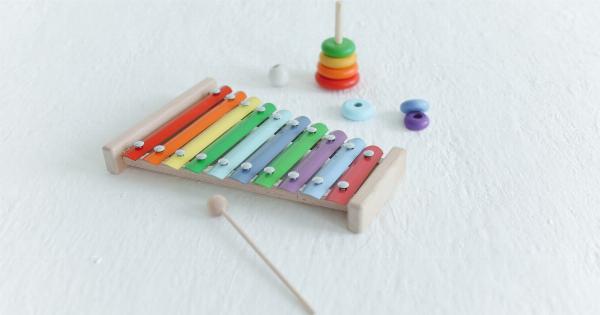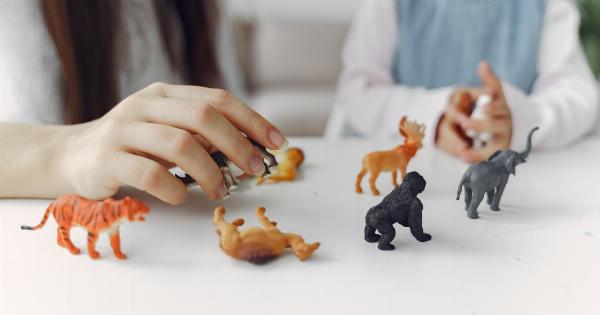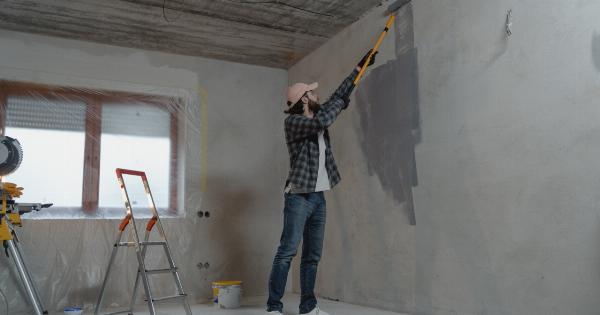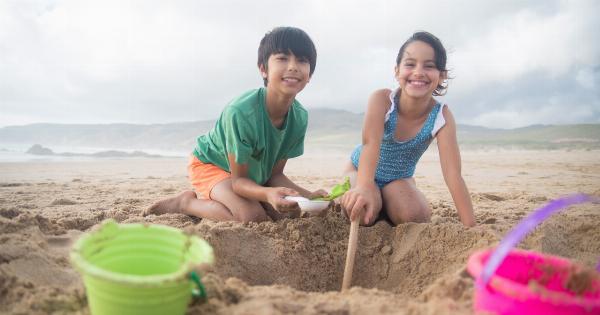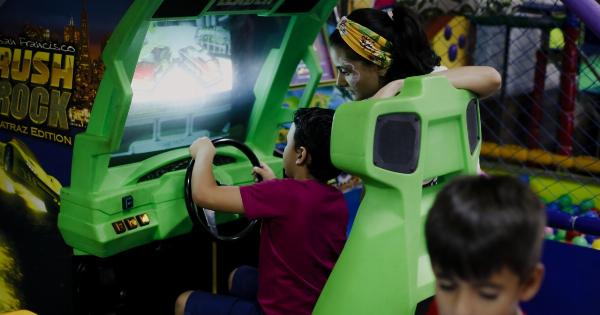As a baby grows and develops, it can be difficult to keep track of all of their milestones. From sleeping patterns to physical abilities, every baby is unique in their development.
Psychologist Alexandra Kappatou explains what to expect from a 3-month-old baby.
Physical Development
At three months old, most babies are able to hold their head up and control it more effectively. This means they may be able to turn their head towards sounds or sights that interest them.
They may also start to push up with their arms when lying on their stomach, a precursor to crawling.
Babies at this stage may also start to develop hand-eye coordination. They may grasp and hold onto objects, or bring their hands together. They may also start to swipe at objects, trying to reach for them.
Sleeping Patterns
By three months old, most babies have settled into somewhat of a sleeping pattern. They may sleep for longer stretches at night, with potentially one or two nighttime feedings. They may also take longer naps during the day.
It is important to remember that every baby is different and may not fit into a strict sleeping schedule. Some babies may still be waking frequently at night and have shorter naps during the day.
It is important to be patient and continue to work towards a consistent sleep routine.
Baby’s Communication
Babies at three months old are starting to become more communicative, although they still primarily communicate through crying. Parents may notice their baby making cooing or babbling sounds, or even laughing or squealing with delight.
The more a parent talks to their baby and responds to their sounds, the more the baby will learn about communication.
Motor Skills
In addition to developing hand-eye coordination, babies at three months old may start to kick and move their legs more forcefully. They may also start to use their legs to push off, especially when lying on their backs.
Babies may also start to roll over, although this typically happens around the four-month mark.
Social Development
Babies at three months old are starting to become more aware of their surroundings and the people in it. They may start to smile at familiar faces or respond to voices and sounds. They also may become upset or cry when strangers are around.
It is important for parents to respond to their baby’s emotions and start working on socialization skills. This can include talking to their baby, playing games such as peek-a-boo, or even joining a parent and baby class.
Caring for a 3-Month-Old Baby
At three months old, babies still need a lot of care and attention from their caregivers. Some tips for caring for a three-month-old include:.
- Signs of hunger: Babies may show signs of hunger by sucking on their fists or making rooting motions with their mouth. It is important to feed babies frequently, whether breast or bottlefed.
- Diaper changes: Most babies will need their diaper changed every few hours, or immediately after a bowel movement. Keeping a baby clean and dry helps prevent diaper rashes or other skin irritations.
- Milestone tracking: While it is important to remember that every baby is different, tracking milestones can help parents ensure their baby is developing on track. This can include keeping track of weight and height, or noting when new skills are learned.
The Bottom Line
At three months old, babies are starting to become more communicative, developing hand-eye coordination, and becoming more aware of their surroundings.
Parents can help support their baby’s development by responding to their needs, working on socialization skills, and keeping track of milestones.
